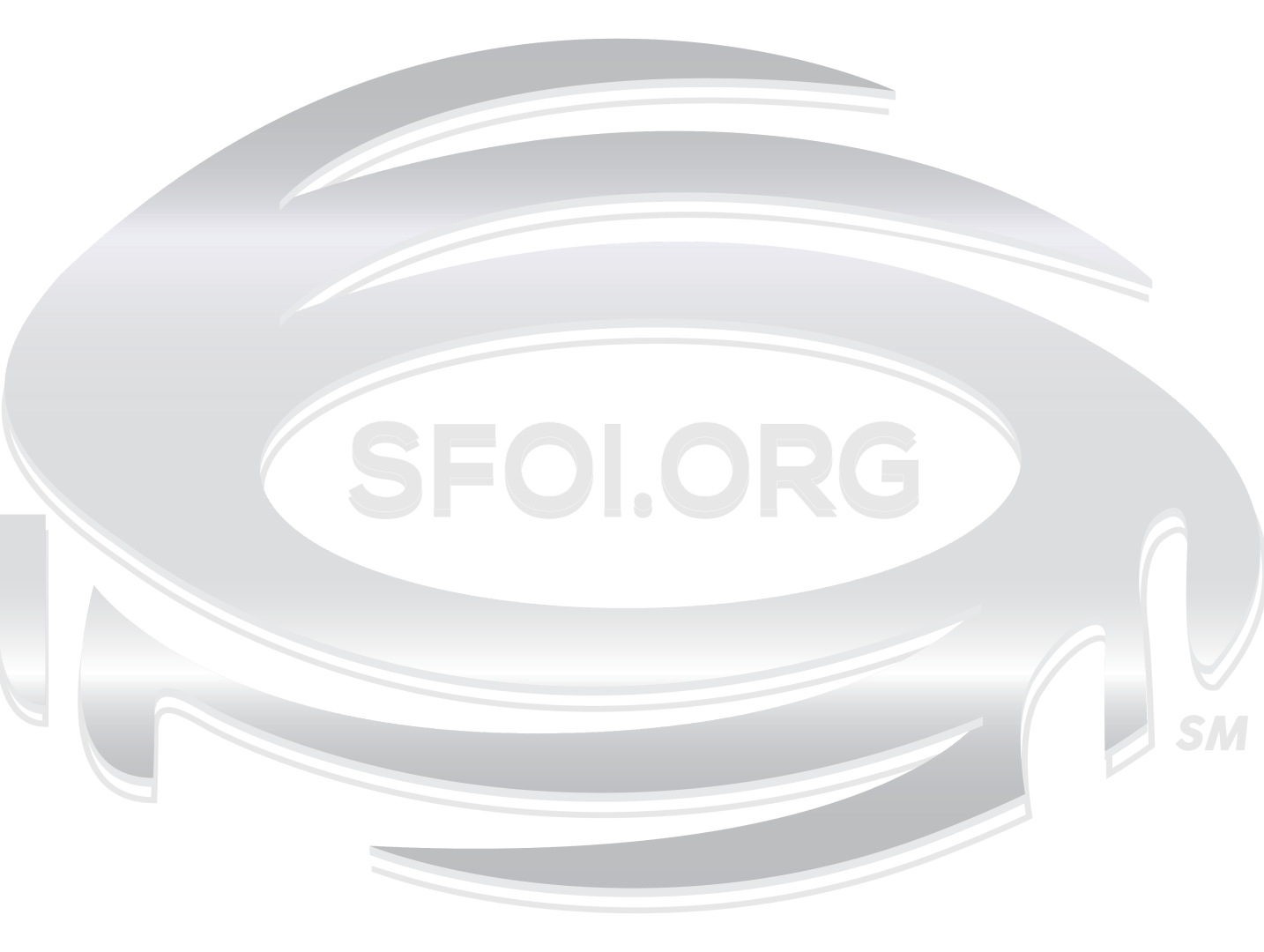Los Angeles, CA
Los Angeles , city, seat of Los Angeles county, southern California, U.S. It is the second most populous city and metropolitan area (after New York City) in the United States. The city sprawls across a broad coastal plain situated between mountains and the Pacific Ocean; the much larger Los Angeles County, which encompasses the city, contains some 90 other incorporated cities, including Beverly Hills, Pasadena, and Long Beach. The county also encompasses two of the Channel Islands, Santa Catalina and San Clemente; Mount San Antonio, familiarly known as Mount Baldy or Old Baldy, 10,046 feet (3,062 meters) high; more than 900 square miles (2,330 square km) of desert; and 75 miles (120 km) of seacoast.
Since the city and the county are interwoven geographically, culturally, and economically, any consideration of Los Angeles must, to some degree, involve both entities. Population density around the metropolitan area varies greatly—as low as one person per square mile in mountainous areas and as high as 50,000 per square mile near downtown Los Angeles. Area city, 466 square miles (1,207 square km); county, 4,070 square miles (10,540 square km). Pop. (2000) 3,694,820; Los Angeles–Long Beach–Glendale Metro Division, 9,519,338; Los Angeles–Long Beach–Santa Ana Metro Area, 12,365,627; (2010) 3,792,621; Los Angeles–Long Beach–Glendale Metro Division, 9,818,605; Los Angeles–Long Beach–Santa Ana Metro Area,12,828,837.
Character of the city
Los Angeles, the heart of southern California, became a world-class city very recently. At the start of the 20th century, it was considered merely “a large village.” This ascendancy is all the more remarkable considering that the city originally lacked some of the essential building blocks associated with cityhood, such as a natural harbor. Yet it overcame natural deficiencies and established itself as an important centre of commerce, agriculture, tourism, and industry. For more than a century it has been indelibly associated with a benign climate, extensive leisure, and outdoor recreation, as well as the special aura of celebrity associated with Hollywood. The lifestyle of Los Angeles residents (who are called Angelenos) relies on the automobile, idealizes the single-family dwelling, and favors informality. With notable exceptions, the skyline is primarily horizontal rather than vertical. Los Angeles is a place of extraordinary ethnic and racial diversity, owing largely to immigration, and, like other world cities, it reflects a growing gap between rich and poor.
Los Angeles has endured the barbs of many detractors. Critics refer to it either as a laid-back “la-la land” or, conversely, as a place reeling from earthquakes, fire, smog, gang warfare, and riots. The city’s defenders admire its mild climate and geographic variety. They claim that its major social problems are similar to those of all big cities and are perhaps even less severe there than elsewhere. In fact, some observers regard it as the most modern and quintessential American city.
Landscape of Los Angeles
City site
Los Angeles county is a vast and varied geographic entity. It includes a group of inland valleys, a coastal plain separated by low mountains that are interspersed with steep passes, an arc of still higher mountains, and a long seacoast. Nearly half of the county is taken up by mountain chains—most of them running east-west—that have a dynamic history of earthquakes, firestorms, and mud slides. To the north and northeast are the massive and sprawling San Gabriel and San Bernardino mountains. Stretching in front of them—and more or less in parallel lines from west to east—are the Santa Monica Mountains, Puente Hills, Repetto Hills, and San Jose Hills. These chains delineate the San Fernando, San Gabriel, and San Bernardino valleys. Farther south—running roughly between Orange and Riverside counties—are the Santa Ana Mountains. A magnificent natural feature of Los Angeles County is the coastline’s distinctive beaches, which attract millions of sun worshippers annually.
Three waterways cross the county: the westward-flowing Santa Clara River in the north; the Los Angeles River in the south, extending from the San Fernando Valley east and south to the Pacific Ocean; and the San Gabriel River, which rises from the San Gabriel Mountains in the north and flows south to the ocean. Huge floods have periodically inundated large parts of Los Angeles, and much human effort has gone into confining the waterways within concrete channels. In historic times (1825) a deluge permanently shifted the direction of the Los Angeles River channel from its westward outflow into Santa Monica Bay to a south-flowing outlet emptying into San Pedro Bay. In the winter of 1861–62, a flood left the western part of the Los Angeles basin looking like a chain of lakes dotted with islands. The San Gabriel River also overflowed its banks and at one point merged with the Los Angeles River via a new channel called the Rio Hondo.
The huge, sprawling, and tortuously shaped city of Los Angeles occupies a sizable portion of the southern part of the county. It too has a varied topography, climbing from sea level at the beach community of Venice to Mount Lukens, which rises above 5,100 feet (1,550 meters). The city started in 1781 as a tiny village of 28 square miles (73 square km) but expanded greatly through a series of annexations when it first established an ironclad legal monopoly over the Los Angeles River watershed and then brought in a new water supply from the Owens River (which rises from the Sierra Nevada, 230 miles [370 km] northeast of the city). To share in this scarce water resource—and to receive much-needed police and fire protection—neighboring communities elected to join the city.
The annexations of Wilmington and San Pedro and a connecting narrow “shoestring” of land (1909–10) resulted when Los Angeles created a harbor and linked it to the city proper. By 1917 Los Angeles had tripled in size by adding the entire San Fernando Valley and the district of Palms. Between 1922 and 1928, 34 unincorporated areas and five cities merged with Los Angeles. As it grew, Los Angeles encircled five independent cities—Beverly Hills, Culver City, West Hollywood, Universal City, and San Fernando.
Original city districts and annexed communities—Boyle Heights, Chinatown, Little Tokyo, Hollywood, San Pedro, Encino, and Watts, for example—still retain their community names and identities. On the other hand, the city never recognized neighborhoods as such, so these smaller units have only vague and informal boundaries.
People
The relative positions of ethnic and racial groups in Los Angeles have shifted significantly with time. When the city began under Spanish rule in 1781, whites (i.e., people of European ancestry) were in the minority. Twenty-six of the 44 original settlers were of African, Native American, or mixed ancestry. From the late 19th to the early 20th century, whites became dominant; so many white Midwesterners arrived in Los Angeles during that time that it was nicknamed “the seacoast of Iowa.” With the exception of some eastern European Jews who arrived in the late 19th and early 20th centuries, southern California drew relatively few of the immigrant groups from eastern and southern Europe that populated the cities of the eastern United States. With the start of the Mexican Revolution in 1910 and the subsequent influx of Mexican agricultural workers in California, the nonwhite population began to increase. In the 1970s Los Angeles attracted many other ethnic groups, and in the course of the subsequent decades it became one of the most diverse metropolises in the country, if not in the world.
In the early years of the 21st century, California reached the status of a “minority-majority state”—one in which the combined population of minorities exceeds the majority population. Los Angeles county has the largest Hispanic (the term Latino is also used in southern California), Asian, and Native American populations of any county in the United States. African Americans make up about one-tenth of the total population; in the early 21st century their numbers declined somewhat as middle-class families abandoned the traditionally African American neighborhoods for newer suburbs as far away as San Bernardino County. Compton and Inglewood, which once had African American majorities, have become predominantly Latino.
The shifts among the major ethnic groups have been the result of both natural increase (higher birth rates than death rates) and immigration. Since the mid-1960s, federal immigration practices have ceased giving preference to Europeans and have favoured immigrants with family already in the country and those having higher education and skills. Meanwhile, illegal immigration has increased dramatically from rural areas of Mexico and Central America, where the birth rate has been relatively high. Both legal and illegal immigration have contributed to the county’s having the largest concentration of Mexicans outside Mexico. People from more than 140 countries now reside in Los Angeles County. Los Angeles has more Koreans, Filipinos, Iranians, Salvadorans, Guatemalans, and Cambodians living outside their native countries than anywhere else in the world and a greater concentration of Native Americans—most of whom were born in states other than California—than any other county in the United States.
The overall population of the city and county may have become more diverse, but, for low-income Latinos, African Americans, and Asians in the central city, housing has remained largely segregated. Families of all groups who could afford to do so usually have moved to the suburbs to find better homes and to escape crime-ridden neighborhoods.
More than 90 languages other than English are spoken in homes around Los Angeles, most notably Spanish, Vietnamese, Hmong, Cantonese, Tagalog, Korean, Armenian, Russian, Farsi, Cambodian, and Hebrew. In a given week, radio listeners can hear perhaps a dozen or more different foreign languages on the air, and newspaper readers may choose from more than 50 foreign-language newspapers published in the county.
The religious culture of southern California is equally diverse. Long an almost exclusively Roman Catholic town, Los Angeles began receiving many Protestants and some Jews in the late 19th century. Small sects proliferated in the 1920s. While most were short-lived and had narrow appeal, at least one gained vast influence. William J. Seymour, an African American preacher, created the Azusa Street revival in 1906 and sparked the Pentecostal religious movement that, for the next century, would spread like wildfire throughout the Western Hemisphere and other parts of the world.
In 1921 the prominent California newspaperman and poet John Steven McGroarty wrote, “Los Angeles is the most celebrated of all incubators of new creeds, codes of ethics, philosophies—no day passes without the birth of something of this nature never heard of before.” Roman Catholics still constitute the most numerous mainline religious groups in Los Angeles, with about 100 parishes. Various Protestant sects, including Evangelicals, have come to outnumber members of mainline denominations. There is also a significant number of Mormons. The African Methodist Episcopal church remains a stalwart of the African American community. Some 600,000 Jews live in Los Angeles, and Eastern Orthodox congregations are active in the growing Greek, Russian, and Armenian communities. Islam’s many adherents in Los Angeles include immigrants from Africa and Indonesia. Buddhists and Hindus number in the tens of thousands in Los Angeles County. Smaller non-Judeo-Christian religions, such as the Bahaʾi faith, have also proliferated.
Source:







